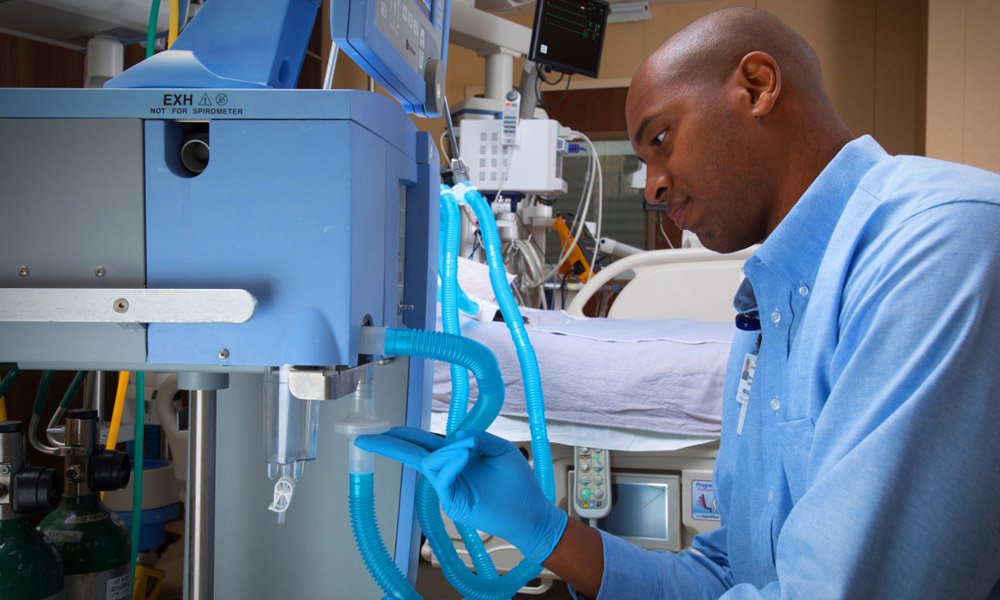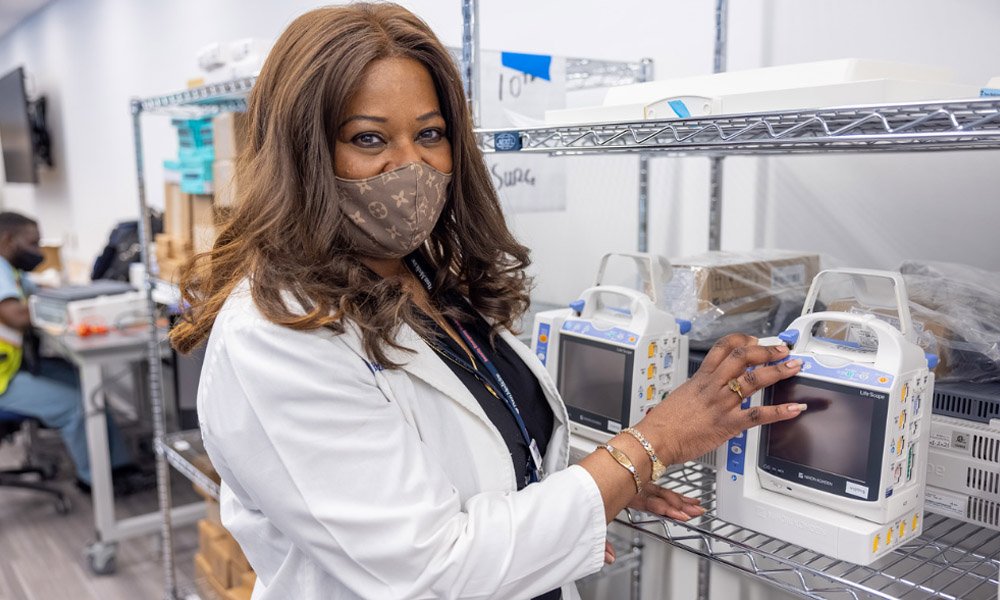Medical device engineering is one of the primary drivers altering the healthcare scene in the United States. From life-saving advancements such as improved pacemakers and insulin pumps to the rise of wearable health monitoring, this discipline is changing the way we think about and provide care. The combination of cutting-edge technologies, rigorous regulatory standards, and a growing population of skilled professionals is paving the path for improved patient outcomes, a higher quality of life, and major economic contributions. As the area evolves, medical device engineering is proven to be an essential component of modern healthcare.
Advancements in Patient Care Through Engineering Innovation
Medical device engineering generally focuses on developing solutions that improve patient care. At the heart of this innovation is the desire to create safer, more effective technologies that treat complex medical diseases. The US medical device sector is one of the world’s largest, contributing to a global market worth more than $176 billion and growing steadily year after year. Pacemakers, insulin pumps, and stents have transformed chronic disease management, saving lives and enhancing patients’ quality of life. Studies have shown that innovations such as continuous glucose monitoring systems can considerably reduce A1C levels in diabetic individuals, resulting in fewer problems and better long-term health outcomes.
The United States Food and Drug Administration (FDA) is responsible for ensuring that medical devices meet stringent safety and efficacy requirements. These regulatory frameworks protect patients and foster public trust in the gadgets they rely on. Without this attention on safety, the dangers of medical devices may outweigh the benefits, resulting in difficulties and even injury. As a result, the FDA’s regulations ensure that new technologies are thoroughly tested, clinically trialed, and performance evaluated before being released to the market.
Enhancing Quality of Life with Smart Devices
While saving lives is clearly an important component of medical equipment, increasing quality of life is also a priority. Wearable health monitors, which track heart rate, blood oxygen levels, and even sleep patterns, enable patients to manage their health in real time. These devices not only provide significant insights about an individual’s well-being, but they also enable patients to manage their own health proactively.
The importance of wearable technologies in chronic disease management cannot be emphasized. By constantly monitoring patients’ status, gadgets can transmit notifications when significant changes occur, allowing for timely intervention. This technique has reduced emergency visits by as much as 30% in some circumstances, resulting in more efficient healthcare delivery and less load on hospital systems. Individuals with cardiovascular diseases, for example, can benefit from early diagnosis of arrhythmias or excessive blood pressure, which reduces the chance of unexpected, fatal events.
In addition to wearables, prosthetics and orthotics are moving at an unparalleled pace. Modern prosthetic limbs are not only more functional, but also built for greater comfort and mobility. This has enabled people with disabilities to regain a level of freedom that was before deemed impossible. Telemedicine, which has grown dramatically in recent years, broadens the use of these devices by allowing patients to be monitored remotely and decreasing the need for in-person hospital visits.

Economic Impact and Job Creation
The medical device industry makes a considerable contribution to the US economy. With over 2 million jobs directly related to the business, the sector employs a diverse spectrum of professions, including engineers, technicians, researchers, and healthcare practitioners. The demand for novel medical technologies continues to rise, driven by an aging population and rising frequency of chronic diseases, resulting in more job possibilities and economic growth.
Contract engineering is a primary driver of this expansion. Companies that hire specialized engineers for specific projects can quickly scale their operations and bring new devices to market more effectively. This concept enables smaller businesses to compete with industry giants by gaining access to the expertise they require without the cost of keeping huge in-house teams. Contract engineering has thus emerged as a critical instrument for stimulating innovation, accelerating advancement, and satisfying the ever-increasing need for medical equipment.
Cutting-edge technologies are shaping the future
The future of medical device engineering is inextricably linked to the continual integration of developing technology. Robotics, artificial intelligence (AI), and machine learning (ML) are becoming increasingly crucial in creating smarter, more precise technologies. AI-powered diagnostic technologies, for example, may interpret medical images more accurately than human doctors, detecting problems such as cancer or cardiovascular disease at an early stage. This enables early intervention, improved outcomes, and reduced healthcare costs.
Machine learning algorithms are being built into devices to deliver real-time alerts for severe conditions including arrhythmias and rapid decreases in blood pressure. These devices may learn and adapt based on unique patient data, improving their accuracy and effectiveness over time. The combination of AI, robotics, and wearable technologies is pushing the boundaries of personalized healthcare, allowing for more effective and minimally invasive therapies.
Ethical Standards and Regulatory Compliance
The success of medical device engineering is dependent not just on technological breakthroughs, but also on a strong adherence to regulatory and ethical principles. Ethical concerns, including as patient safety, data privacy, and informed permission, are fundamental to the development process. Medical devices are subject to some of the most stringent regulations in the world to ensure that they do not jeopardize patient safety.
In the United States, compliance with FDA requirements is required for market approval. These criteria apply throughout a device’s lifecycle, from design and production to clinical trials and post-market monitoring. Manufacturers may ensure that their goods are both innovative and safe for use in a clinical setting by complying to these demanding requirements.
FAQ
What is medical device engineering?
Medical device engineering focuses on designing and developing devices that improve patient care, from life-saving tools to wearable health monitors.
How do medical devices improve patient outcomes?
Devices like pacemakers, insulin pumps, and wearables help manage chronic conditions, monitor health in real-time, and reduce emergency situations.
What role does AI play in medical devices?
AI enhances diagnostics, automates real-time alerts, and personalizes treatments, improving precision and outcomes for patients.
How does medical device engineering impact the economy?
The industry creates millions of jobs and contributes billions to the economy through technological innovations and growing healthcare demand.







1 comment
After using the Immediate X1 ProAir for a few weeks, I am extremely impressed! Its performance is exceptional, and it functions seamlessly. It meets all my requirements, whether for professional tasks or relaxation. I strongly recommend this device to anyone in search of quality and effectiveness!
Comments are closed.